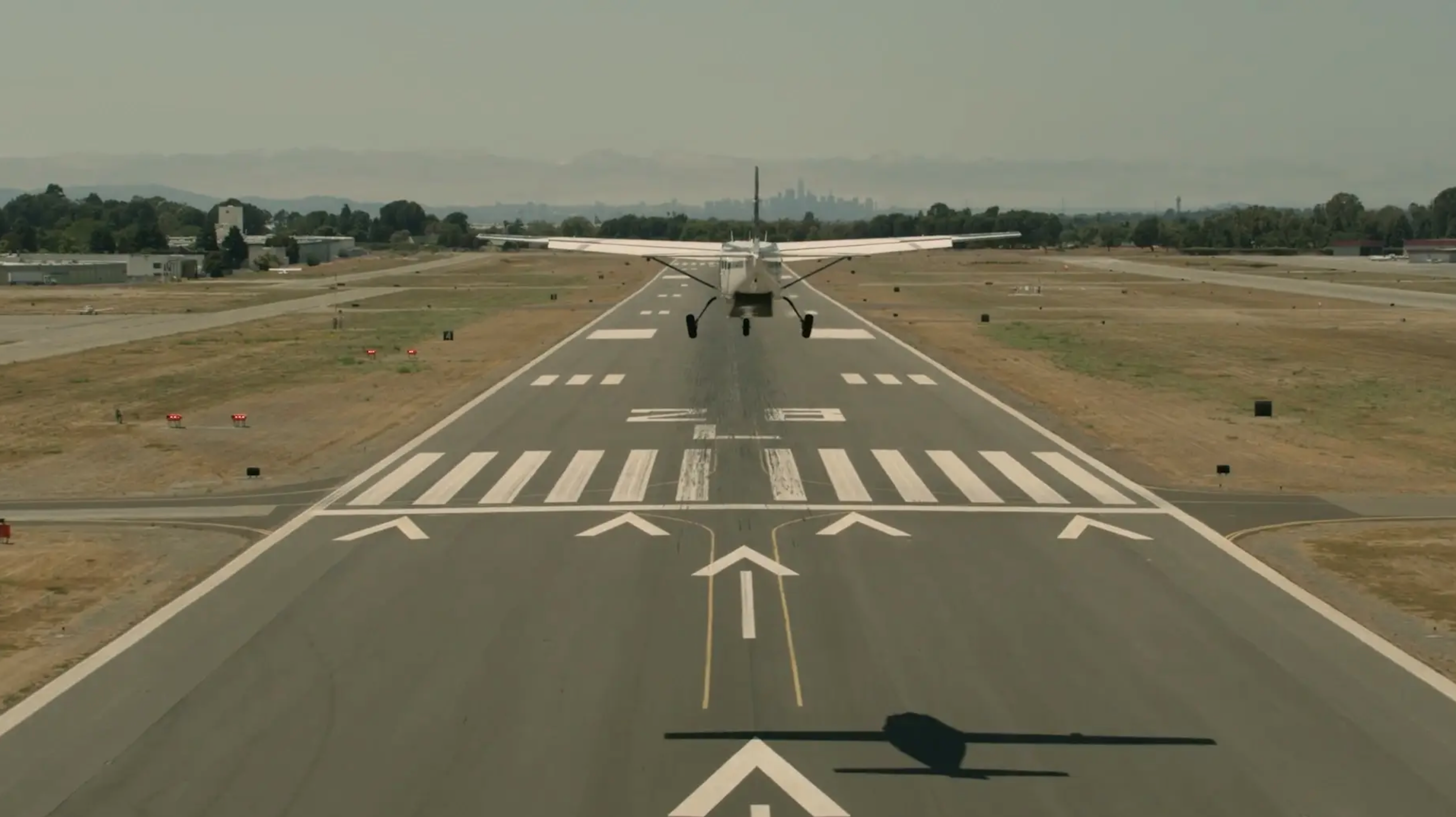
Startup Xwing is testing a Cessna 208B Caravan modified for autonomous flight and plans to begin a piloted regional cargo operation as a step toward introducing an unmanned air logistics service for distances up to 500 mi.
Since December, the San Francisco-based company has completed more than 70 autonomous flights from takeoff to landing with the converted Caravan. Xwing also has acquired a Part 135 operator and plans to begin cargo flights, initially piloted, to collect the data needed to certify the modified aircraft.
The Caravan has been retrofitted with Xwing’s Autoflight. This comprises a multi-sensor detect-and-avoid (DAA) system coupled to a new digital flight control system (FCS). Together they can fly the aircraft autonomously from takeoff to landing, including automatic collision avoidance. Automated taxiing and braking are expected to be added this summer, Chief Technology Officer Maxime Gariel said.
The startup plans to obtain FAA supplemental type certification (STC) to use the DAA system in piloted operations, then for the FCS and finally for the fully coupled system enabling autonomous operations.
“We’re taking a very pragmatic approach. Our goal is to bring the minimum amount of technology to this aircraft to be able to integrate into the airspace,” Gariel said. “It’s not about what will be in 10 years, it’s what can we have in six months, in a year or in two years.”
Xwing’s approach is to “begin commercial operations with a DAA system flying, collecting data and proposing avoidance maneuvers to the pilot where the pilot has the choice to use them or not. And then, once we have enough data, to work with the FAA to certify it and be able to remove the pilot,” Gariel said.
Xwing is targeting the regional cargo market, where FedEx Express alone operates more than 300 Caravans in the U.S. Converting the Caravan to an optionally piloted vehicle would allow a remote operator on the ground to manage more than one aircraft. This would increase operator utilization by a factor of three and reduce costs by 20-30%, Xwing calculates.
Both aircraft and pilots in cargo feeder operations suffer low utilization, flying once in the morning and again in the evening, CEO Marc Piette told Aviation Week. “By moving to ground operators we can tackle the operator utilization issue—a single operator for three aircraft per day—even if we, at first, only allow one aircraft in flight per operator,” he said.
Xwing also expects reduced fuel costs from flying the aircraft more precisely at peak operating efficiency points on optimized trajectories. Also a Caravan stripped of the systems required for pilots can carry more cargo, and operations will be freed of traditional constraints on pilot rest times, he said.
The DAA system fuses data from automatic dependent surveillance-broadcast (ADS-B) and onboard radar, camera and lidar sensors, as well as a digital terrain database, to provide situational awareness and collision avoidance in the air and on the ground.
The system has two clusters of sensors mounted where the struts meets the wing on the Caravan. Each cluster has two visual cameras, a radar and a lidar as well as either an infrared or a long-range camera. Together they provide a ±110-deg. field-of-view in azimuth.
While ADS-B data is used to identify transponder-equipped aircraft, radar allows the system to detect and track non-cooperative targets. The cameras are used to validate ADS-B and radar targets as well as augment GPS during approach, landing and taxiing.
Camera imagery is presented to the remote operator, or pilot in the aircraft, on a touch-screen display overlaid with terrain information, headup display symbology and raw or fused data from the ADS-B and radar. Xwing is using a 2,000-ft. avoidance distance.
“We are taking this pragmatic approach. It’s a mix of ADS-B and radar for the certifiable initial system. And the vision system is flying at the same time and collecting data so that we can use the traditional sensors to train the system,” Gariel said. “We don’t rely yet on the vision system, but that will be coming in the future to lower the cost and improve the reliability.”
“Part of the reason we start commercial operations with pilots on board is it enables us to do a lightweight STC to add sensors on these commercial aircraft and start collecting data from a DAA perspective in order to be able to certify those systems more easily,” Piette said. “We’re going to be collecting a ton of data using these piloted operations over the next 12 months.”





